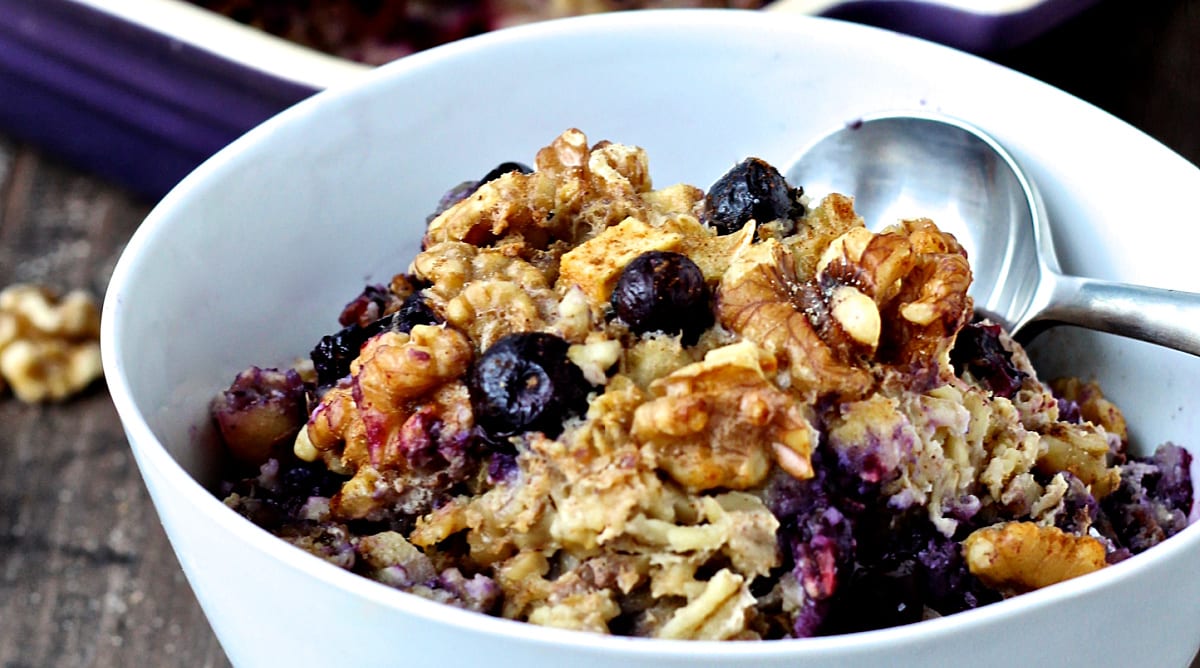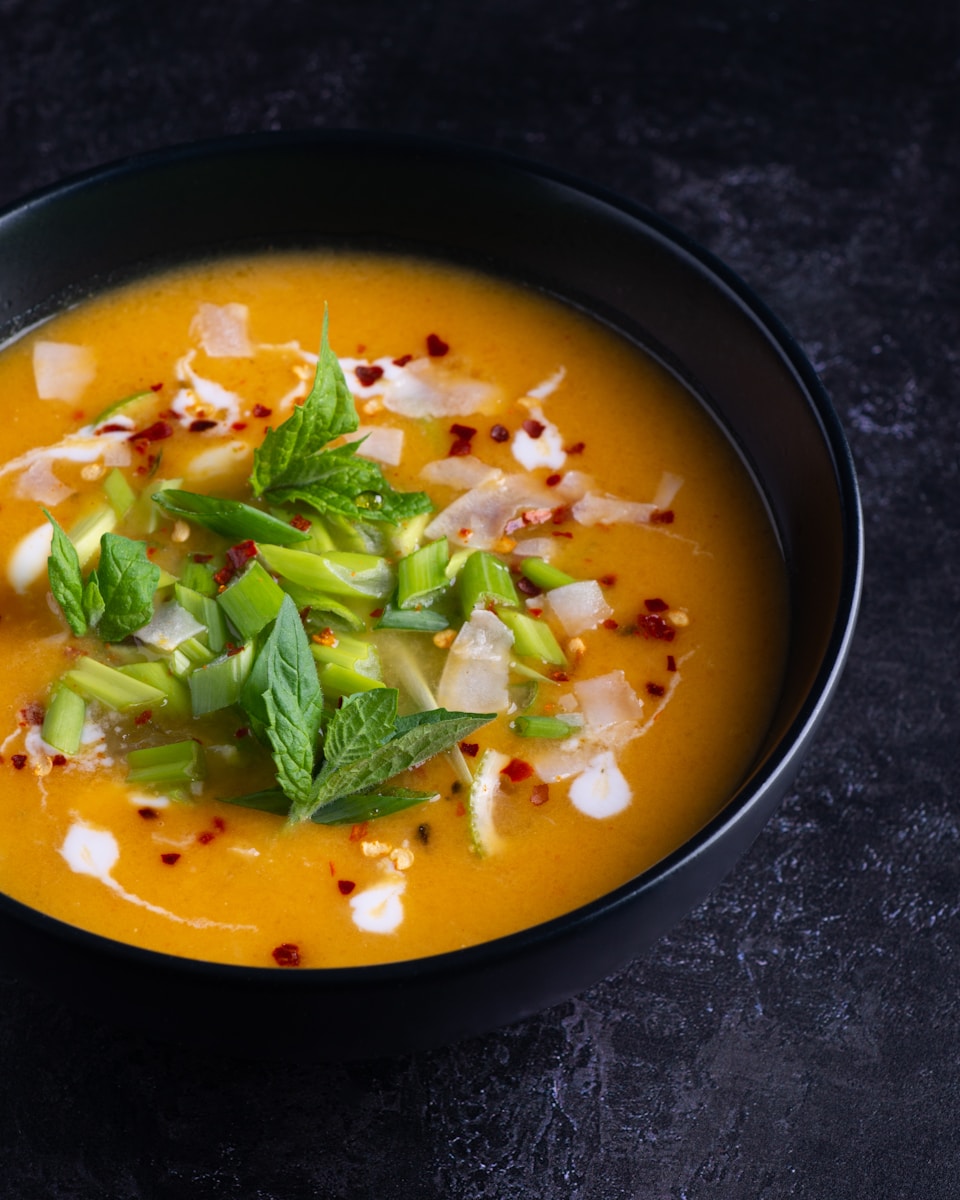Nourishment for the Season
As the weather shifts and the days grow shorter, adjusting your vegan diet to meet seasonal demands is key to staying healthy and energized. Fall brings a unique array of nutrient-dense produce and opportunities to optimize your nutrition for warmth, balance, and immunity. Let’s explore how to make the most of your fall vegan diet.
Focus on Seasonal Superfoods
Autumn’s produce is packed with vitamins, minerals, and antioxidants to support your body’s needs. Root vegetables like sweet potatoes and carrots offer beta-carotene for immune health, while leafy greens such as kale and Swiss chard provide iron and calcium. Winter squash and pumpkins are not only versatile but also rich in fiber, helping with digestion during the cooler months.
Boost Your Vitamin D Intake
With less sunlight in fall, vitamin D becomes even more essential for bone health and mood regulation. While fortified plant-based milks and mushrooms exposed to UV light are great dietary sources, a vegan vitamin D supplement can ensure you meet your daily requirements.
Explore how to include vitamin D in your meals.
Include Omega-3s for Brain Health
Omega-3 fatty acids are vital for cognitive function and reducing inflammation. Include flaxseeds, chia seeds, walnuts, and algae-based supplements in your meals to ensure you’re getting enough of this essential nutrient. A fall-inspired chia pudding or walnut-studded oatmeal can make this step delicious and easy.
Stay Hydrated
Although it’s cooler, hydration is still crucial for overall health. Herbal teas, such as ginger or hibiscus, not only warm you up but also provide antioxidants. Soups and stews made with seasonal produce can also contribute to your fluid intake while nourishing your body.
Support Your Gut with Fermented Foods
The gut-brain connection is essential for overall wellness, and fermented foods play a big role in maintaining a healthy microbiome. Incorporate vegan kimchi, sauerkraut, or miso into your meals to support digestion and immune function.
Prioritize Protein
With the increased energy demands of fall activities, ensuring adequate protein intake is crucial. Lentils, tofu, tempeh, and quinoa are excellent sources that can be integrated into hearty fall dishes like stews, grain bowls, and casseroles.
Final Reflection
Optimizing your vegan diet for fall is about embracing the season’s abundance while meeting your body’s changing needs. By focusing on seasonal produce, balancing macronutrients, and staying mindful of key nutrients, you can enjoy the flavors of fall while supporting your health and vitality.


